Amit Kumar
The 'Eye on China' newsletter features this week's most important developments on India-China relations, Chinese Domestic Politics and Foreign Policy, Economy and Tech, and the military!
Section A: India-China Relations
To begin with, this week, we are sharing our thoughts on ‘Three Years of Galwan Valley Clashes’
June 15, 2023, marks the third anniversary of the Galwan clashes between the Indian and Chinese troops in Ladakh. The incident involved casualties on the India-China border for the first time since 1975. While India lost 20 soldiers, the Chinese reported four casualties.
The incident followed the buildup of tension between the two sides along the LAC since April 2020. The PLA in a surprise move diverted the movement of its 4th and 6th Highland Mechanised Infantry Division westwards to the LAC instead of withdrawing backward to its post after completion of their annual spring exercise in Tibet.
Taking cognizance of the Chinese maneuvers that violated the Agreement on Confidence Building Measures of 1996, the Indian Army carried out mirror deployment and initiated negotiations for disengagement and de-escalation.
After 18 rounds of Corp Commander Level talks between India and China since the beginning of the Ladakh standoff in April 2020, conditional disengagement contingent upon the observance of demilitarised/buffer zone has been achieved at four of the six friction points. These include Galwan (PP14), Pangong Tso (north bank and south bank), and Gogra-Hot Springs (PP15 and PP17A). The other two friction points, Depsang and Demchok, continue to be negotiated without any success.


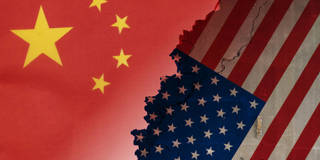


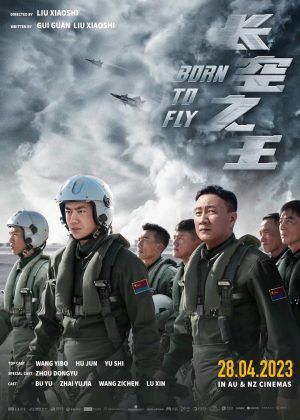


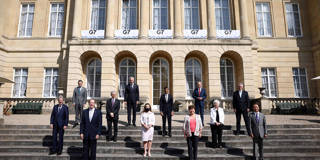





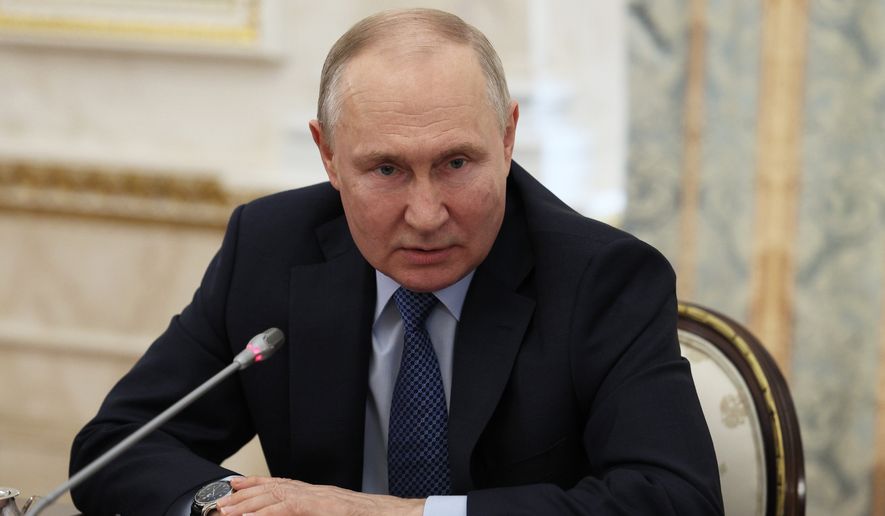


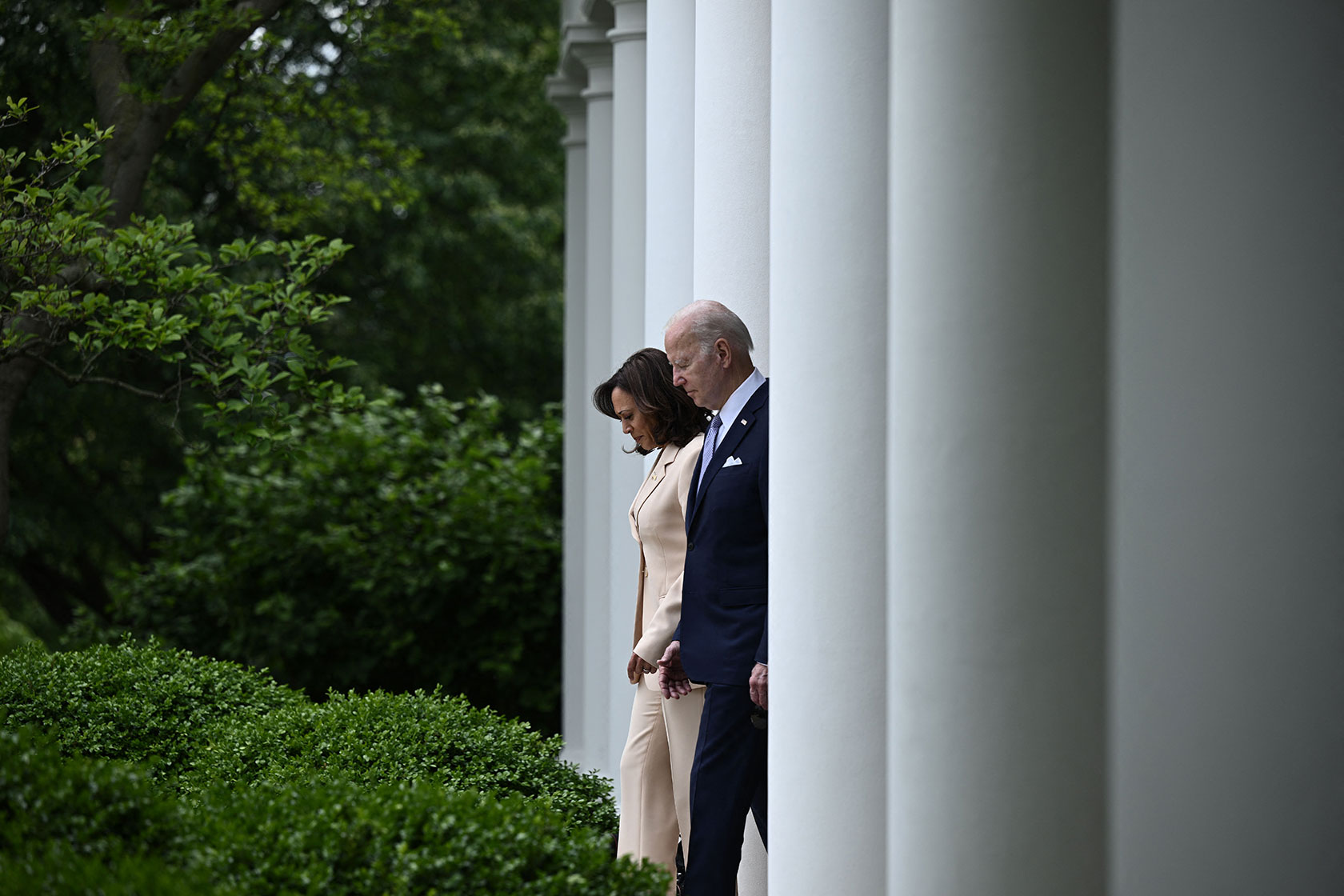

:quality(70)/cloudfront-us-east-1.images.arcpublishing.com/archetype/Z5YOF24PQZFOHIEYCGKZDSHS3Y.jpg)
